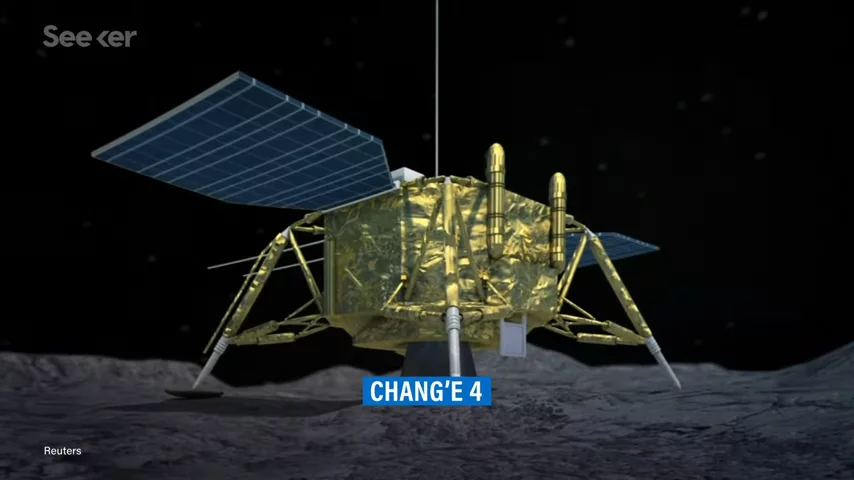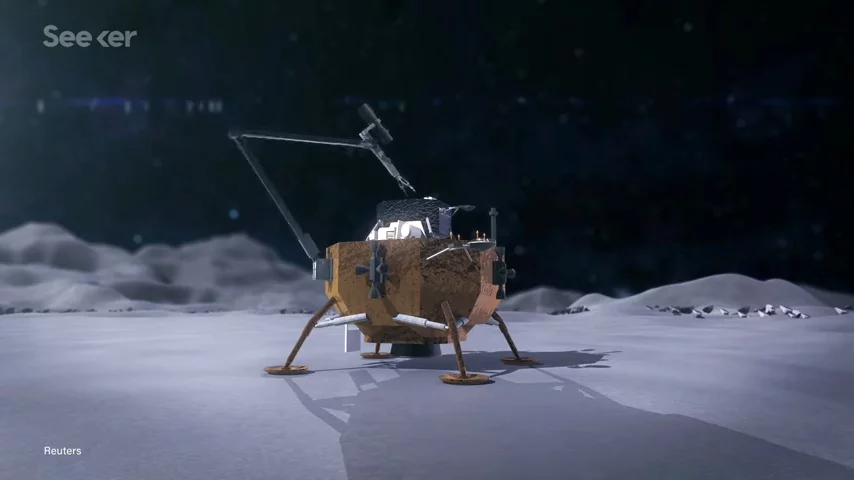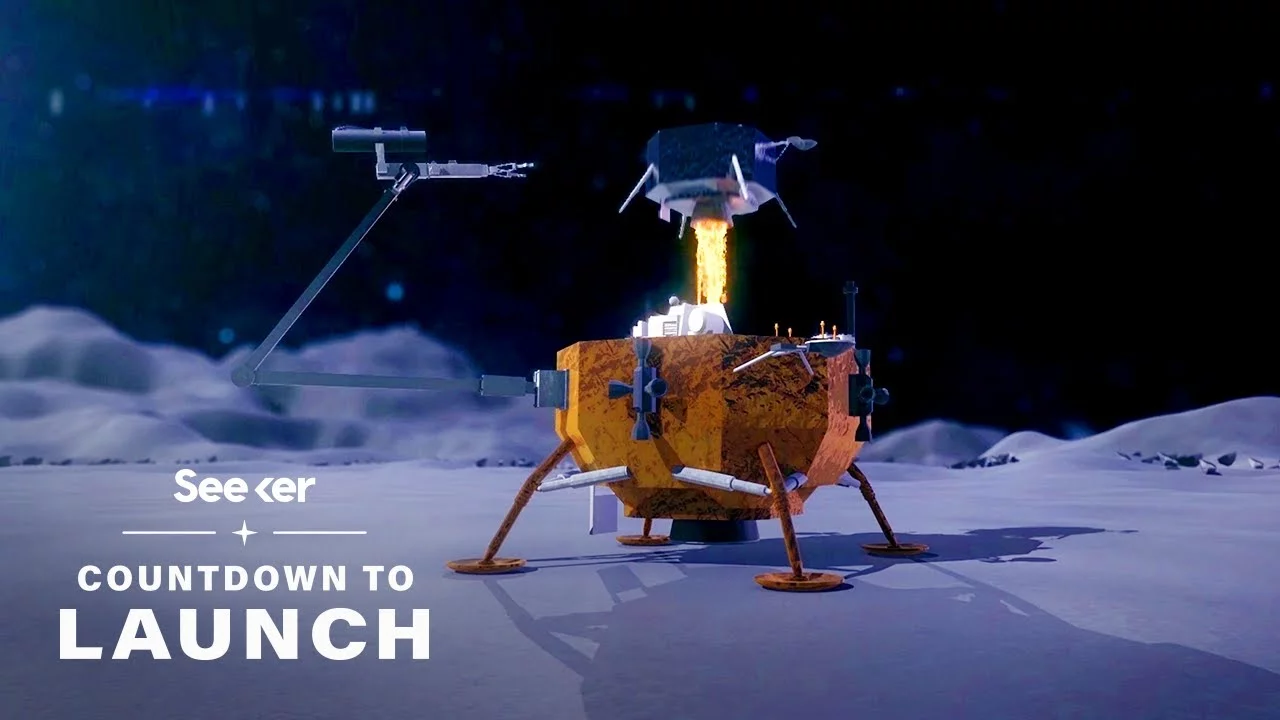China is no stranger to lunar missions. Over the years, the country has sent a number of increasingly challenging missions to our natural satellite. The most famous of which, was the historic landing of the Chang’e 4 spacecraft on the moon’s far side in 2019.  But this next launch is about to push the limits even further as Chang’e 5 is headed off to a previously unexplored lunar region. And this time, it’s bringing back a souvenir.
But this next launch is about to push the limits even further as Chang’e 5 is headed off to a previously unexplored lunar region. And this time, it’s bringing back a souvenir.
This is all super exciting because the last time lunar samples were brought back to Earth was during the U.S. and Soviet missions in the 1960s and 1970s. And it’s perfect timing, because there’s now a renewed push for countries to focus on better understanding the moon’s evolution and even look for potential lunar activities such as mining or human colonies.
And China is well-prepared since it’s been developing two spacecraft for each of the three phases of its robotic lunar exploration program: orbiting, landing and finally, sample return.
And that’s where Chang’e 5 comes in. It’s China’s first lunar sample return mission and the spacecraft will contain four parts that make up the whole mission: an orbiter, an ascender, a lander, and an Earth re-entry module.
The orbiter will help place the spacecraft into the lunar... orbit. Once there, the lander and ascender will separate from the orbiter and land on the near side of the moon, an unexplored and vast, dark lava plain called Mons Rümker.
After touching down, the lander will drill two meters below the surface, and using a robotic arm, extract roughly two kilograms of lunar material.  The sample will then be stored in the ascent module, which it will lift off to autonomously dock with the orbiter and transfer its sample to the return vehicle. From there, the return module will then separate to make the 5,000 km journey back to Earth, where it will re-enter the atmosphere for a parachute assisted landing.
The sample will then be stored in the ascent module, which it will lift off to autonomously dock with the orbiter and transfer its sample to the return vehicle. From there, the return module will then separate to make the 5,000 km journey back to Earth, where it will re-enter the atmosphere for a parachute assisted landing.
So that’s a lot of steps. Which means there’s a lot that could go wrong. But again, that’s what makes this mission so exciting because it’s all so very ambitious. And as if there wasn’t enough pressure already, time is of the essence.
Unlike Chang’e 4 which is an ongoing mission, this latest endeavour is expected to complete its mission within one lunar day, or roughly 14 Earth days. That’s because come nightfall, the extreme temperature shift could jeopardize the spacecraft.
Originally scheduled to launch back in 2017, Chang’e 5 is now expected to take off on a Long March-5 rocket at the end of November 2020. And the team won’t have to wait long for the sample, since it’s expected to arrive back on Earth by early to mid-December.
But why exactly do we want these lunar samples? I mean we already have some from the Apollo era, why do we need any more?
Well, it’s all about the moon’s evolutionary history. The previous samples were taken from regions where the moon was believed to have stopped its volcanic activity some 3.5 billion years ago. But new theories believe that there could be some areas where lava could have formed more recently, like one to two billion years ago. And if the sample that Chang’e 5 collects proves that the moon was still geologically active at that time, it could change everything we know about the moon’s history. So no pressure, Chang’e 5.
And if it doesn’t succeed, even more complicated backup missions are already in the works with Chang’e 6 and 7 planned for launch in 2023 or 2024. So with all these missions lined up, it’s just good practice for the biggest challenge of them all: sending humans to the moon.
Now, for that momentous occasion, China is looking towards the 2030s to accomplish that feat, so in the meantime, a couple of practice runs will hopefully help get ready for the big day.


No comments yet